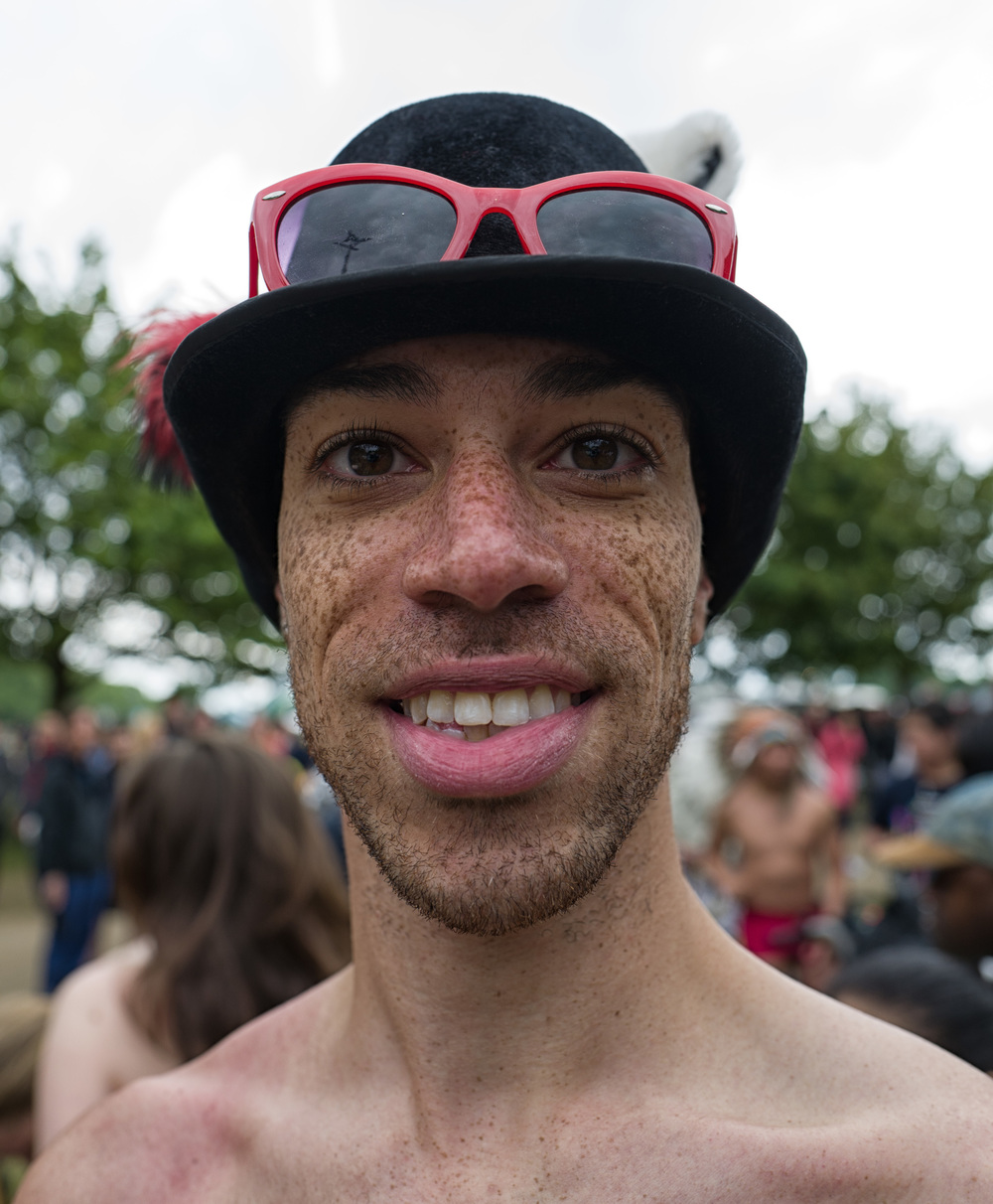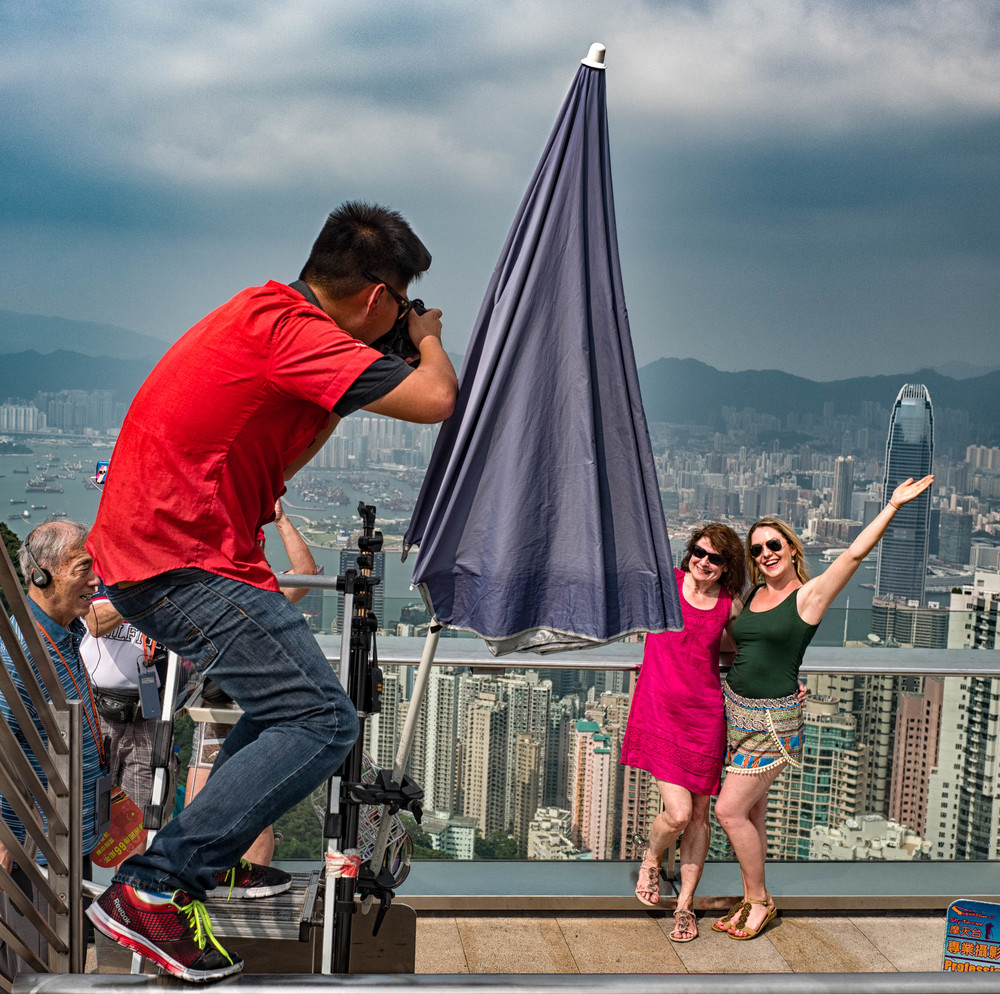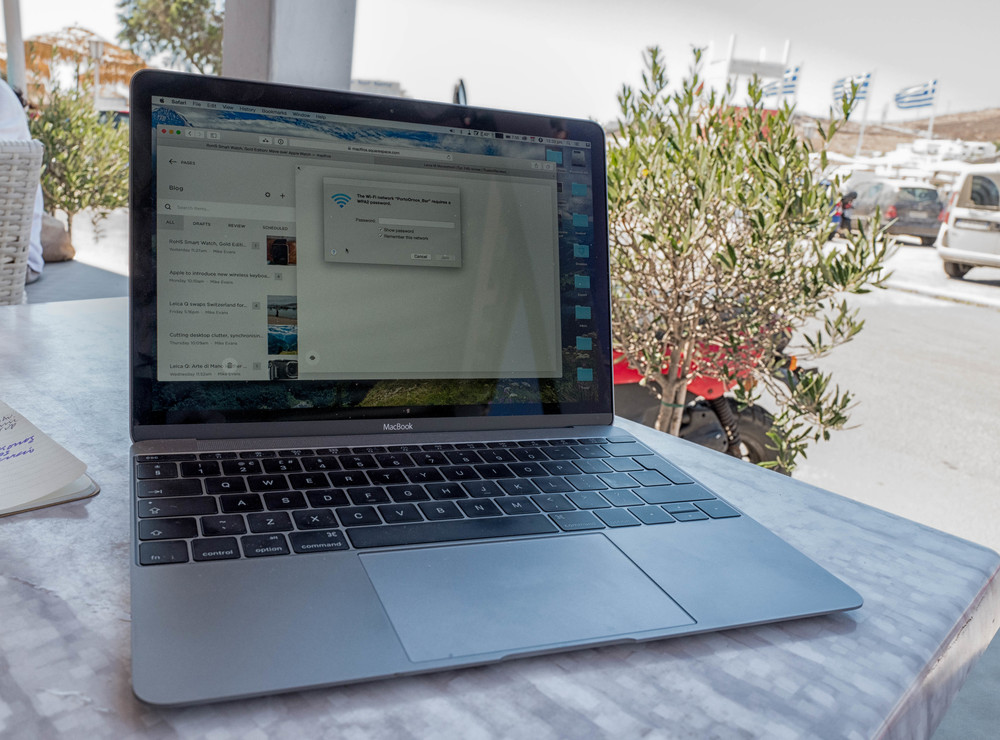
Were I to decide to choose two products that have most influenced me in 2015 I would have an easy time of it. Without a doubt, they are the Leica Q and the Apple MacBook. Both have surprised, in a positive way, and both have become my travel companions of choice. The Apple Watch comes an honourable third in my estimation.
Best Camera
In my opinion there are three contenders for best Leica camera of 2015: The Q, the SL and the M242, the back-to-basics rangefinder than most Leica owners wanted from the start. But it is the Q that has created the biggest impact and, indeed, the most lust among photographers. Six months after launch it is still on backorder and it has been almost universally praised, even by those who normally find nothing positive to say about Leica.
When the Q was announced I was initially sceptical about that wide 28mm lens, good as it promised to be with its “Summilux” f/1.7 maximum aperture and M-feel ergonomics. I generally prefer the 50mm focal length for general photography and I thought that even 35mm was a little on the wide side. But 28mm? Surely not.
During the past six months, though, I have grown to like the wider lens and now find it extremely versatile, offering the traveller a good perspective for architecture, especially in confined city spaces, while remaining acceptable for closer work. Undoubtedly the M-like framelines, selectable for 28, 35 and 50mm, help in visualising the subject. And the 50mm angle of view, despite the pixel penalty (after all, it is simply a crop) is useful when doing portraiture. Closeups at 28mm can lead to the turtle-head syndrome which is sometimes fun but better avoided if you wish to retain your friends.

Ergonomically, the Q is just the ticket. It is much lighter than an M240 with a 28mm Summilux lens (670g compared with 1,123g) and can offer almost identical performance. While the 28 Lux is perhaps a tad sharper wide open and reputedly offers slightly more attractive transition in background blur, the difference is not that great. Furthermore, because the Q is a camera with a built-in lens, the whole is tuned to perfection, with in-camera adjustment for distortion. Frankly, in my view, there isn’t much in it. And the Q with its integral lens is over £1,000 cheaper than the Summilux-M alone. The M outfit would cost £9,225 but the Q comes in at under one third of that at £2,900.
Put it another way, if you are after a bright, high-performance 28mm lens you can buy the Q instead of the Summilux-M, have a pocketful of change and a total carrying weight of 670g, only 230g heavier than the M lens alone. It makes sense and most of us will notice absolutely no difference in optical performance.
The Q has another big plus for me—the built-in viewfinder. Leica has been a long time in accepting that top-mounted accessory finders (as with the X series and the T) are not what customers demand. In fact, the absence of a built-in finder on the T was a big mistake in my view. It would have been far more popular with an integral finder.
See my review of the Leica Q here
One of the biggest surprises with the Q is the excellence of the manual focus. The focus ring is buttery smooth and as fast as that on an M lens. In fact, the feel is very similar. It has stops at either end and a short travel, again just like an M lens. The switch between standard and macro is a party piece—just watch how the distance scale changes as you flick the macro ring. If focus magnification is your preference, the Q springs into life as soon as you twitch the focus ring. Among ILC’s only the M can perform this trick without the need to press a button before every shot.
Over the past six months the Q has been my go-to travel camera and I have carried in preference to an M and a couple of lenses. It’s a pure camera, arguably Leica’s best new camera of the decade, and is a perfect complement for the new M242 or, even, the Monochrom.
Best laptop
I am Apple biased, as all readers know, so I take something of a flier by maintaining that a Mac is the best laptop of the year. Truth be told, I now know nothing about Windows computers, nor Chromebooks. I am committed to the world of Apple so please forgive me for choosing my contender from from among Cupertino’s finest.
When it comes to a travel it’s always a compromise between performance and weight. Initially I decided to buy a specced-up 13in MacBook Pro because I convinced myself I needed the speed for on-the-hoof Lightroom processing. I’d heard that resources are king when it comes to post processing.
But after a lot of fence-sitting, I looked again at the newly announced 12in MacBook. It has all the right credentials for travel—thin profile, light weight and a superb retina screen. For emailing, web browsing and day-to-day computing it is an unbeatable package. It does lack one or two things, however. Ports, for starters. This little computer has but one port, modelled on Mr. Squeers, and it’s an as-yet oddball tiny USB-C connector. No SD card slot, no separate USB ports, no HDMI.
See my review of the 12in MacBook here.

According to initial reports, the MacBook also “suffers” from a low-travel clickety keyboard, another compromise in the interests of miniaturisation. Worse, though, were the dire warnings about the allegedly slow mobile processor which, on paper, does look a tardy set of chips compared with the speedy competitors in the MacBook Pros.
What the MacBook does have in its favour—in spadefuls—is desirability. No portable computer has tickled my tastebuds and massaged my Gear Acquisition Syndrome as effectively as the MacBook. Ever.
I bought it and love it. It’s been on all my trips in the past five months, alongside the equally desirable Leica Q. One by one I have demolished all the scare stories and come to regard this as the best Mac portable I have ever owned. The one port I see as a benefit, especially for a travel computer. I bought an Apple adapter to add USB3 USB-C (also for power-through) and HDMI and I haven’t needed anything else. The USB3 slot accommodates a good-quality SD-card stick and that has worked faultlessly.

The keyboard does take a bit of getting used to but I am now thoroughly familiar with it and actually prefer it to the older, long-travel key design. This has been highlighted since I bought the new Magic Keyboard for the office-based iMac. It has almost the same feel and I have no trouble migrating between the two devices.
What of performance, though? That is surely the biggest hurdle. All I can say is that I haven’t really noticed it. Lightroom import and processing proceeds at a pace, slower than the iMac but that is to be expected. I’ve encountered no major problems and that retina screen is a delight for picture processing. As a portable, travel computer the MacBook meets all my expectations and then some.
Both the Leica Q and the MacBook have compromises—the one with its fixed wide-angle lens, the other with its stunted performance and monoport. Sometimes, though, a helping of compromise is a good thing. It is never so important as when choosing your ideal travel gear. Forget the kitchen sink, go for the lightest and most usable solutions. After all, its the results that count and neither the MacBook nor the Leica can be found wanting in this respect.

